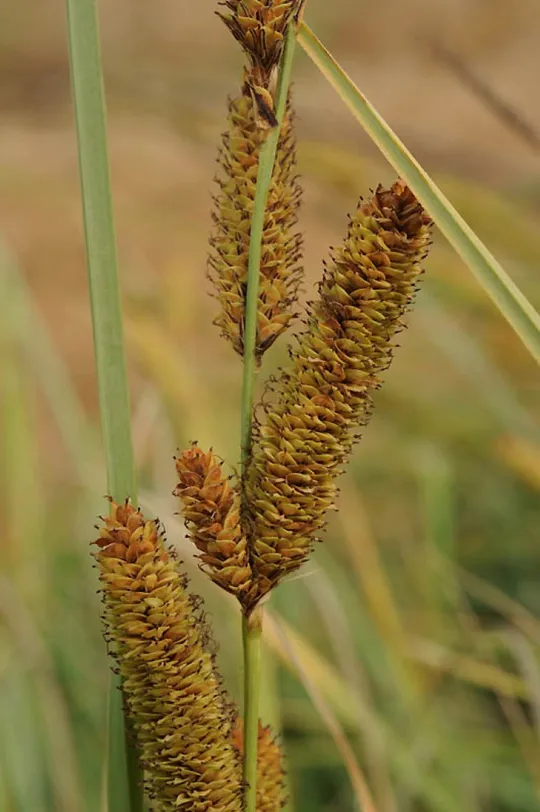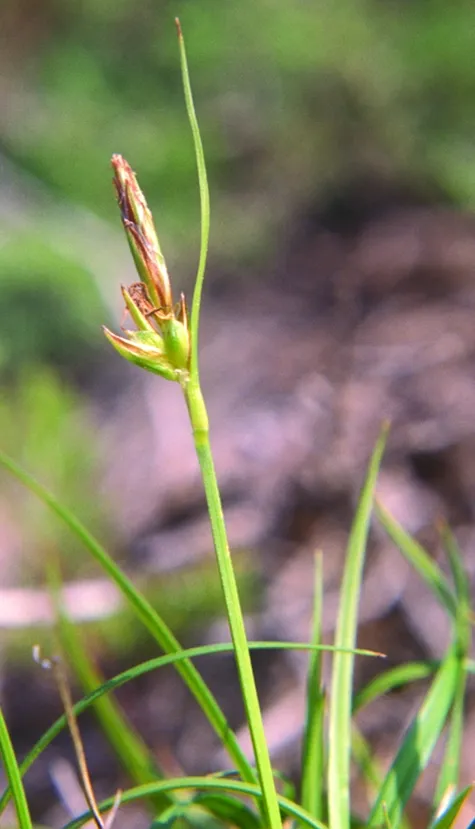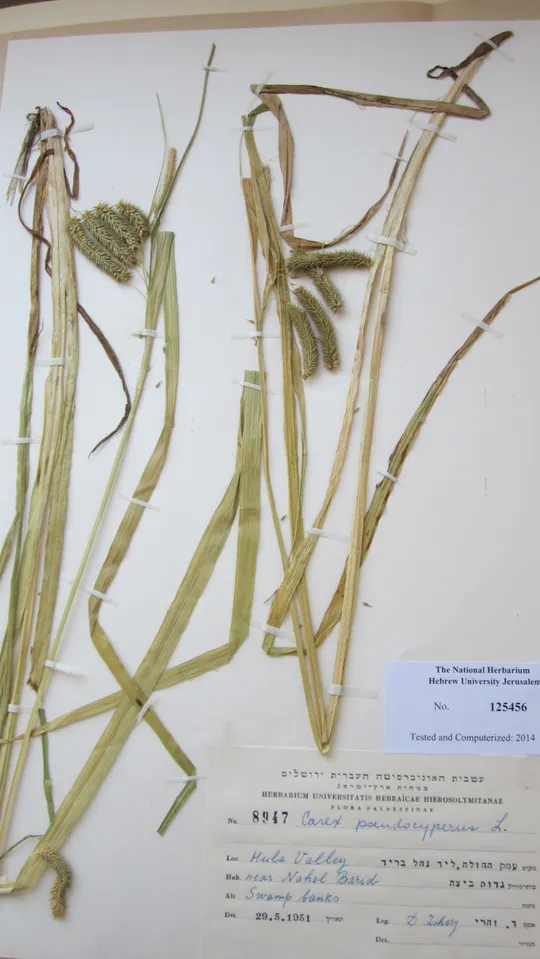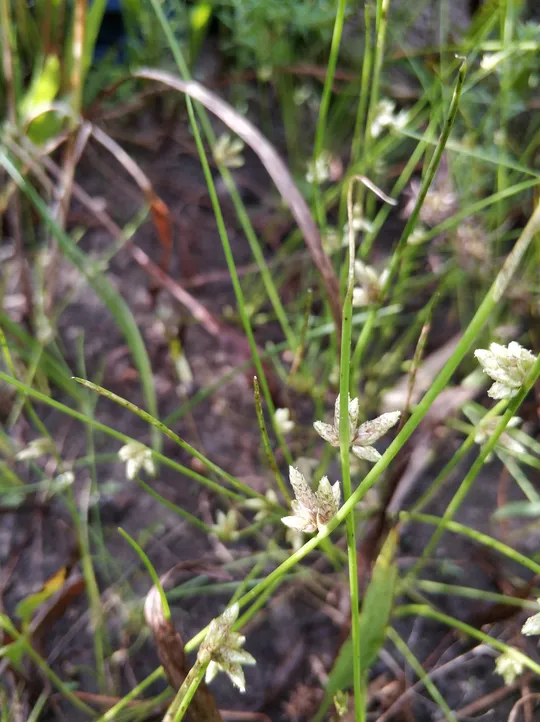Marsh Sedge, Lesser Pond Sedge
Carex acutiformis
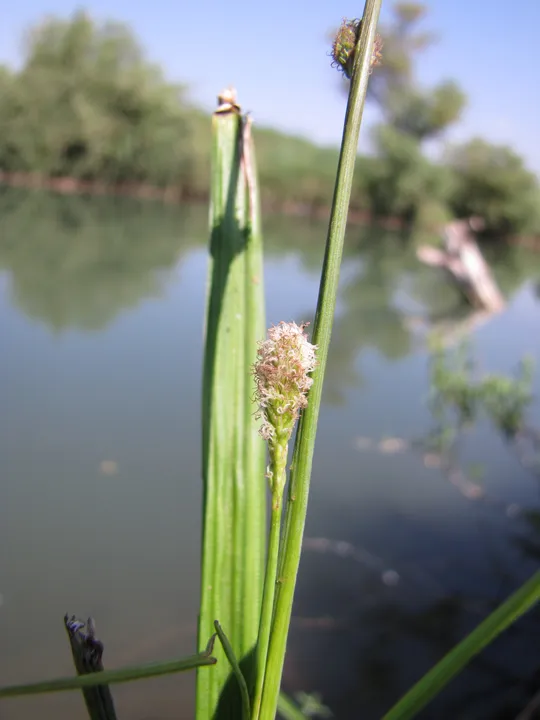
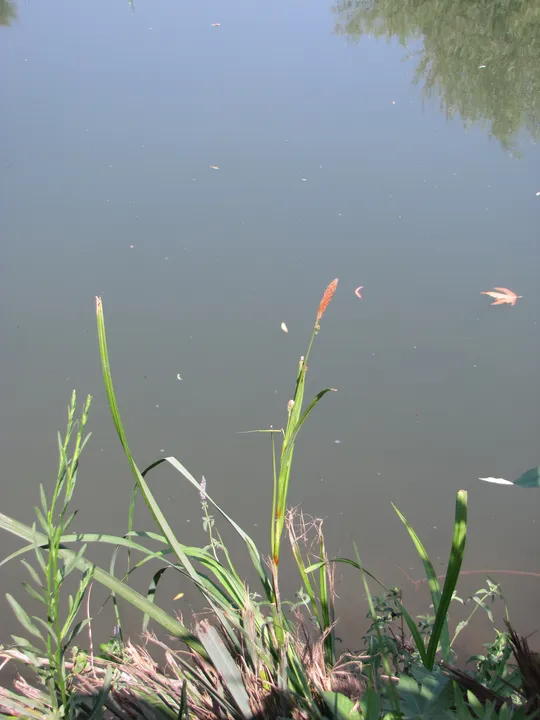
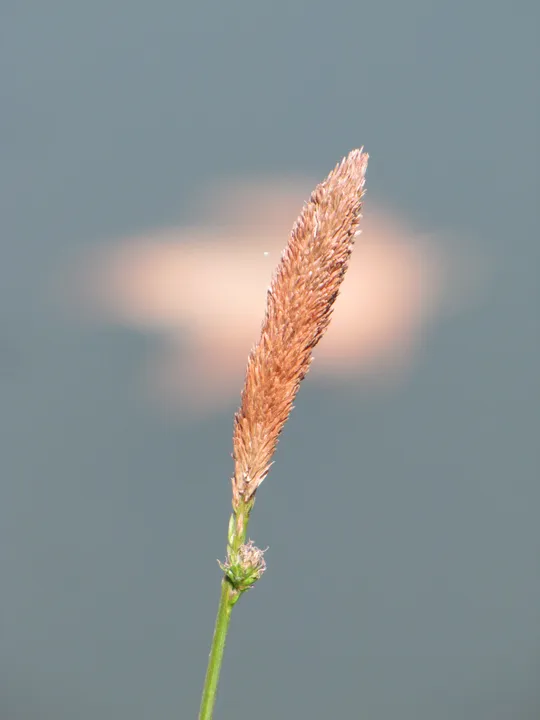
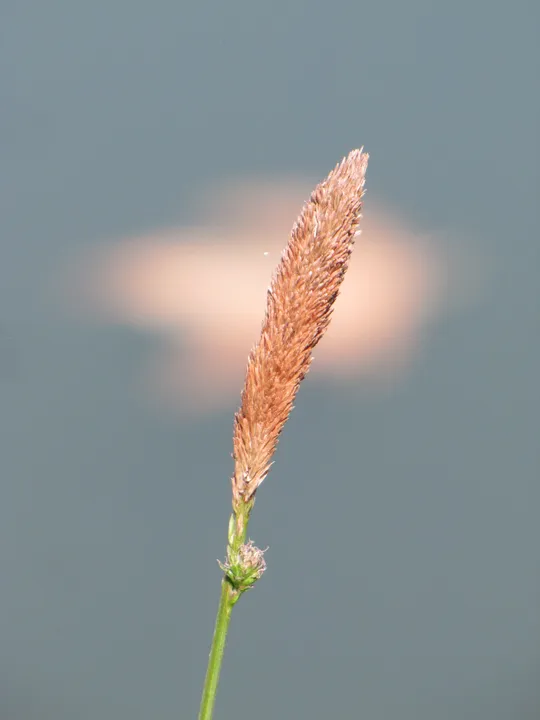
Carex
acutiformis currently grows in Israel only in the Hula Valley at seven
different sites: Tel Dan, in the Ǧabina
area (Gilbon Stream), Ahu Gonen, Sahlavim Reserve in Hurshat Tal, Hatsbani Pipe
Bridge, En Shayuh in the Hula Valley and Dan Stream that flows through Kibbutz Dafna.
The plant once grew in the Salhie Pond in the Hula Marsh (collected in 1952). The
Gilbon Stream springs (Dvora), are formally in the Golan, but they are among
the eastern springs that emerged along the banks of the Hula Lake.
Clear water
stream banks and marsh margins, mostly in the shade of trees and shrubs. Carex
acutiformis is common in the Fraxinus syriaca and Laurus nobilis forest located in the Tel Dan Reserve (Schmida
and Lev-Ari, 1975), where it grows and dominates the wetland under the shade of
trees at the edge of the Dan Stream. In Turkey and Europe, it grows at the edge
of canals and lakes from sea level up to an altitude of 2390 meters, and
creates wetlands at the edges of water bodies.
For the genus – see Carex pseudocyperus.
C. acutiformis belongs to the
Carex species group in which the male and female flowers are found grouped separately
along the flower stalk. In
Israel, these include C. distans, C. pseudocyperus,
C. ballerina, C. hispida and C. extensor.
The male flowers are concentrated on the upper part of the spike while the
female flowers are concentrated on the lower section. The main difference
between C. acutiformis and C. pseudocyperus
is the position of the spikelets – they drop in C. pseudocyperus
and are upright in C. acutiformis. C. hispida
is the only species in this group whose fruit is hairy. C.
acutiformis
differs from C. distans
– the common species in the group – in its glumes that are longer than the
nutlet and end in a long point. In addition, the leaves of C. distans
are far narrower (3-5 mm) and the leaf that accompanies the spikelet has a distinct
sheath.
•
Carex
acutiformis once grew at eight sites, of which only seven have
survived today, all of them in the Hula Valley, from the Tel Dan Reserve to the
Gilbon Spring. The site that has become extinct was in the Hula Marsh.
•
No rare species
survey was conducted in the Hula Valley, and therefore there are no estimates
of its population size.
•
Five of the
sites are located in nature reserves, but due to a lack of awareness of this
red species no conservation measures have been taken.
A survey of the wetlands in the Hula Valley and the
Jordan Valley (the "Mountainous Jordan") should be conducted to map all
the C.
acutiformis
populations and to estimate their population sizes. Two reserves should
be demarcated (Tel Dan and Gilbon Stream) and the appropriate management regime
for the existence of C. acutiformis should be
investigated in them.
Carex acutiformis is broadly distributed
across Europe, the Mediterranean Basin and Western Asia. It is absent from
Scandinavia and southern Europe. It is found in Algeria, Greece, the Caucasus,
Afghanistan, Pakistan, Kashmir, Siberia, Turkistan and the Altai Republic.
In the Middle East, it grows in northern Israel, on the Lebanese-Syrian
coast, in northern Iraq, in northern and western Iran, and in most regions of
Turkey.
Carex acutiformis
is a northern perennial Cyperaceae, with a very broad global
distribution, although it is rare in Israel. Northern Israel is the southern edge
of its global range. In Israel it only grows in the Hula Valley in wetlands with
clear running water.
שמידע, א. ולב-ארי, י. 1975. שמורת תל-דן. שמירת הטבע בישראל. דו"ח מספר 1, רשות שמורות הטבע. עמ' 207-223.
Current Occupancy Map
| 1000 squre meter pixel | 5000 squre meter pixel | 10000 squre meter pixel | |
|---|---|---|---|
| number of observations | 0 | 0 | 0 |
| in total pixels | 0 | 0 | 0 |
| Family | Cyperaceae |
| Classification | On the endangered species list |
| Ecosystem | Mediterranean |
| Chorotype | Euro – Siberian |
| Conservation Site | Tel Dan Nature Reserve |
| Rarity |
1
3
6
|
|---|---|
| Vulnerability |
0
3
4
|
| Attractiveness |
0
0
4
|
| Endemism |
0
0
4
|
| Red number |
1
3.7
10
|
| Peripherality | N |
| IUCN category | DD EW EX LC CR EN VU NT |
| Threat Definition according to the red book | Vulnerable |
 Based on:
Based on:
